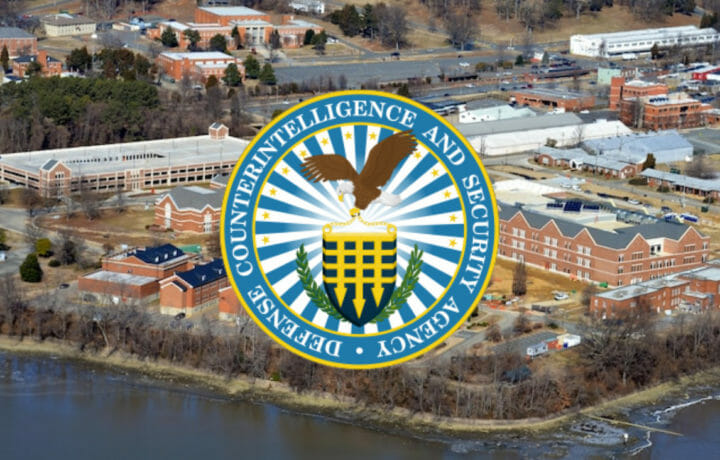For all of the hype about data security in government following the Office of Personnel Management hack, security clearance holders have asked relatively few questions about the government’s Continuous Vetting (CV) program. The program overhauls the Periodic Reinvestigations format of reaffirming security clearance eligibility, and makes checks triggered versus episodic. Security clearance holders have largely reported they don’t know if they’re under the system, and if they are, it doesn’t necessarily make the process any different.
It’s a different story for facility security officers, however, particularly those supporting industry. CV remains on of the biggest new policy updates taking place today, along with the transition from the Joint Personnel Adjudication System (JPAS) to the Defense Information System for Security (DISS).
At a recent meeting of the National Industrial Security Program Policy Advisory Committee (NISPPAC), representatives from the Defense Counterintelligence Security Agency (DCSA) gave an update on CV, current enrollment figures, and what security offers need to know. Here are the highlights.
1. 2.3 Million DoD Clearance Holders are Currently Enrolled in CV
Enrollment numbers ticked up significantly over the past year, and if current enrollment figures continue, we’ll likely see all DoD security clearance holders enrolled in CV in 2021. In the third quarter of FY 2020, the DoD had an eligible population of 3.8 million. That’s up from DoD’s low of 3.4 million eligible in FY 2017.
2. Applicants Should be Notified if they’re enrolled in CV – but it won’t be by the government.
If you’re expecting a letter to come in the mail when you’re enrolled in CV, don’t sit by the mailbox. DCSA noted that FSOs should let their candidates know if they’re enrolled in CV – that way they can notify potential employers, and be prepared for a potential transfer of eligibility in the future. This isn’t a process all FSOs are currently following. If you’re a clearance holder and wonder, you can certainly ask. But unless you’re planning a move, it’s okay to wait for a notification from your FSO.
3. Clearance Eligibility can be checked in DISS.
JPAS doesn’t currently have a way for FSOs to verify CV enrollment – that’s because it’s a system on its way out the door. Those currently using DISS can use that system of record to confirm CE enrollment. If you’re a FSO still using JPAS, or wondering if a transferring candidate is enrolled in CV, DCSA advises emailing the Vetting Risk Operations Center (VROC).
4. PRs Still Need to be Submitted.
One of the biggest questions around CV is if candidates enrolled still have to submit PRs. The idea behind the system is to replace episodic PRs with CV – but the policy requirements are still in place. For individuals currently enrolled in CV, there are no individuals who would be ‘due’ for a PR until 2023 – the idea is that by then, the policy will clarify the path forward for whether updated SF-86s need to be submitted, or not. DCSA did note that if an out of cycle SF-86 is requested, FSOs should be responsive to that request – that means an updated SF-86 is needed to enroll someone into the CV program.
5. Deferment = Enrollment.
For individuals currently a part of the DoD CV program, the language used by your security officer may not be ‘congrats, you’re enrolled in CV!’ But, you may receive a notification that your regularly scheduled PR was ‘deferred’ into CV – that means the same thing!
6. Industry and Military are Enrolled.
CV will be the vetting path forward for all security clearance holders – including IC, active duty, and supporting contractors. 21% of DoD’s currently enrolled CV population are contractors. Per policy, agencies are required to accept CV enrollment for reciprocity, as well. That’s one reason security clearance holders are advised to keep track of their CV enrollment or PR deferment dates. Until clearer policy is provided on PR vs. CV, applicants should know their enrollment dates, to make it clear another SF-86 is not needed, and their eligibility is current.
The good news about CV is that the process has largely been seamless for candidates. The devil will be in the details, and the program will need to demonstrate its ability to support reciprocity, as individuals transition from DoD CV programs and into other agencies.




